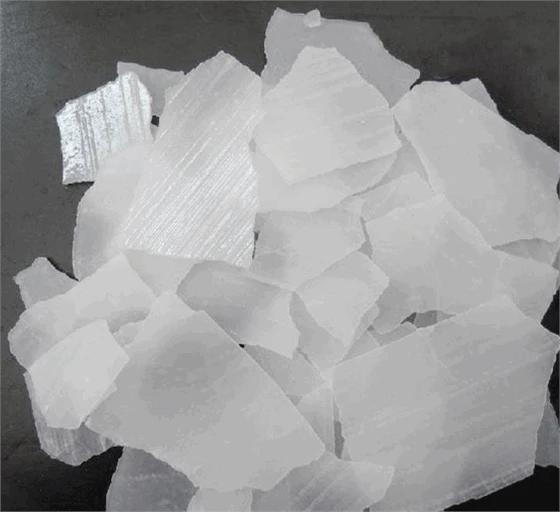



Chemical Methods for Effective Water Purification and Treatment Techniques
Chemical Treatment for Water Purification An Overview
Water is an essential resource for life, and ensuring its purity is crucial for health, environmental sustainability, and economic development. Among various methods of water purification, chemical treatment plays a vital role. This process involves the addition of specific chemicals to water, aiming to remove contaminants and improve water quality. This article explores the significance, methods, and effectiveness of chemical treatment in water purification.
Chemical treatment for water purification encompasses several techniques, each targeting specific types of pollutants. One of the most common methods is coagulation and flocculation. In this process, chemicals known as coagulants, such as aluminum sulfate or ferric chloride, are added to the water. These coagulants neutralize the charges of suspended particles and facilitate their aggregation into larger particles, or flocs. The flocs can then be easily removed through sedimentation or filtration, thereby clearing the water of turbidity, pathogens, and organic matter.
Another important chemical treatment technique is disinfection. This is particularly significant for ensuring that drinking water is free from harmful microorganisms. Chemicals such as chlorine, ozone, and ultraviolet (UV) light are commonly used for disinfection. Chlorine, for instance, is effective in killing bacteria and viruses, while ozone acts as a powerful oxidizer, capable of breaking down organic contaminants in addition to disinfecting. Although UV light does not involve chemical addition, it can be seen as a chemical treatment process since it alters the DNA of microorganisms, rendering them inactive.
chemical treatment for water purification

In addition to coagulation and disinfection, chemical treatments can also include advanced oxidation processes (AOPs). AOPs involve the generation of highly reactive species, such as hydroxyl radicals, which can decompose a wide range of organic contaminants, including industrial pollutants and pharmaceuticals. Hydrogen peroxide, ozone, and titanium dioxide are commonly used in these processes. The versatility of AOPs makes them suitable for treating water contaminated by complex mixtures of organic compounds.
While chemical treatment is effective, it is essential to consider the potential downsides. The residual chemicals in treated water can sometimes pose risks to human health and the environment. For example, chlorine can react with organic matter to form harmful byproducts known as trihalomethanes (THMs), which are potentially carcinogenic. Regulators must carefully monitor the concentration of these byproducts to ensure safe drinking water standards are met.
Furthermore, the use of chemicals can be costly and may require sophisticated infrastructure. Developing regions may struggle to implement these solutions due to budget constraints or lack of technical expertise. Community-based water purification projects, employing simpler and more sustainable chemical treatment methods, are gaining traction as effective alternatives. These projects often use locally available materials and focus on educating communities about the importance of water management and purification practices.
In conclusion, chemical treatment is a cornerstone of modern water purification techniques. It offers effective solutions for removing contaminants, ensuring safe drinking water, and protecting public health. However, it is crucial to balance the benefits with an awareness of the potential risks associated with chemical residues and environmental impacts. By fostering sustainable practices and improving access to technology and knowledge, communities worldwide can enhance their water purification efforts, ultimately paving the way for cleaner and safer water resources. As water scarcity and pollution continue to rise, innovating and refining chemical treatment methods will be paramount in meeting global water quality challenges.
-
Why Sodium Persulfate Is Everywhere NowNewsJul.07,2025
-
Why Polyacrylamide Is in High DemandNewsJul.07,2025
-
Understanding Paint Chemicals and Their ApplicationsNewsJul.07,2025
-
Smart Use Of Mining ChemicalsNewsJul.07,2025
-
Practical Uses of Potassium MonopersulfateNewsJul.07,2025
-
Agrochemicals In Real FarmingNewsJul.07,2025
-
Sodium Chlorite Hot UsesNewsJul.01,2025










